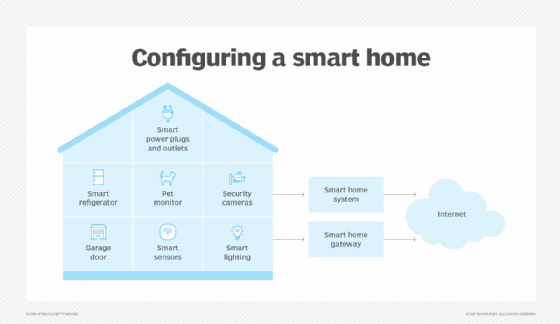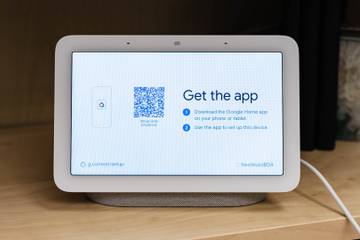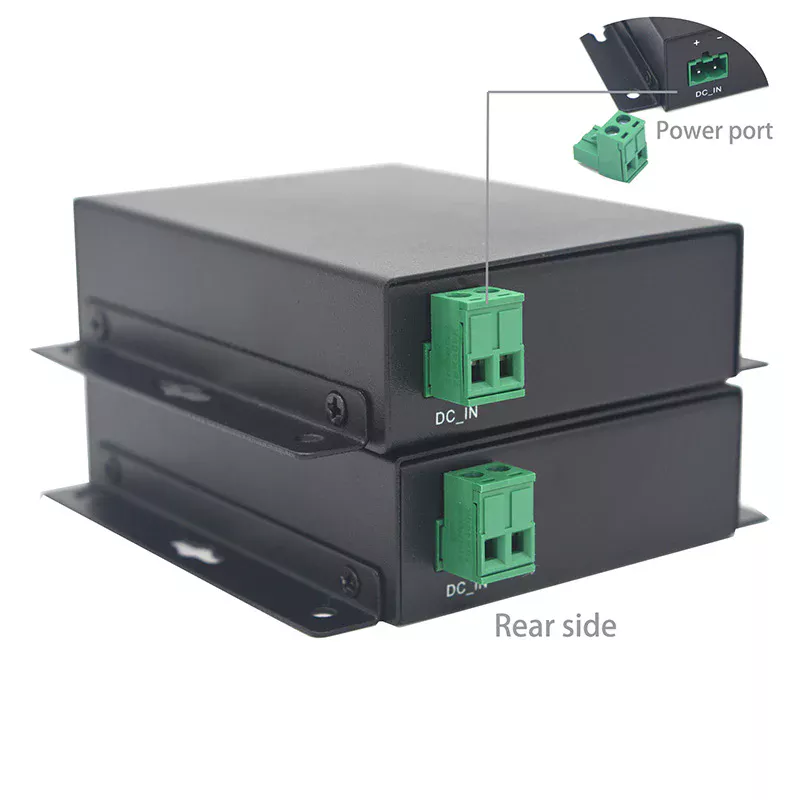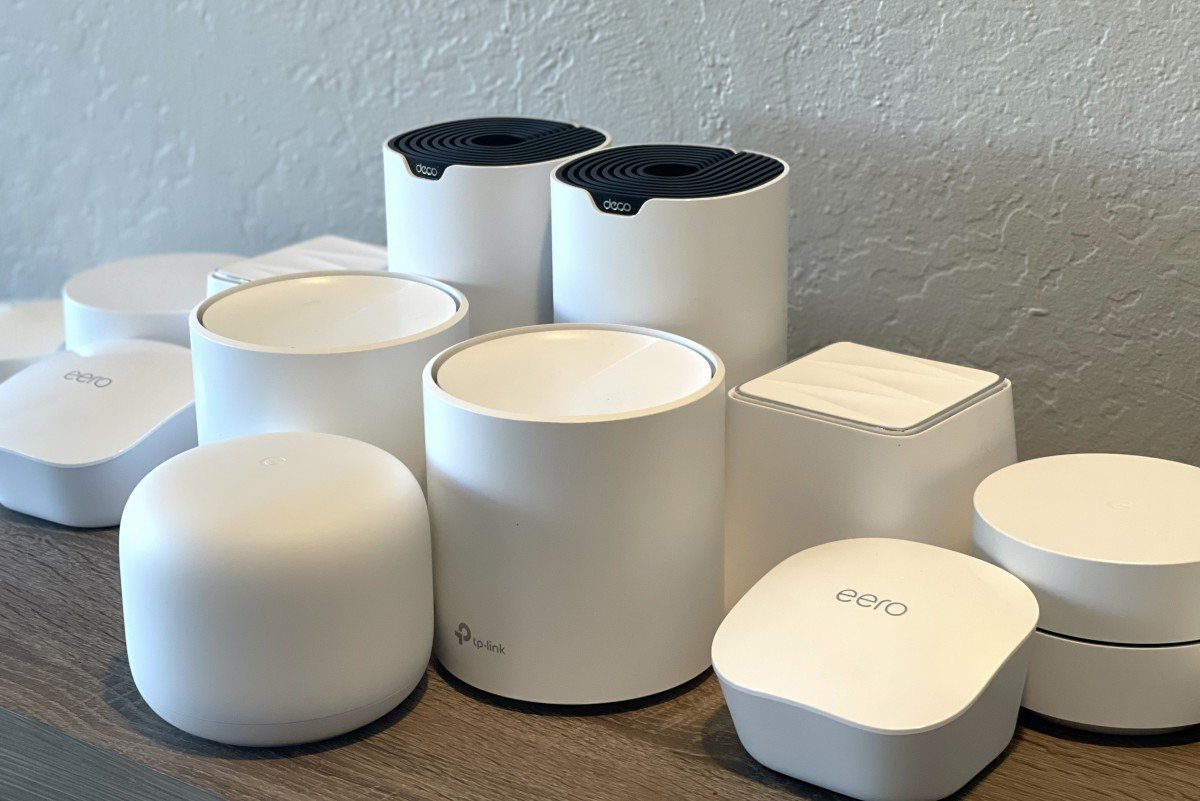Imagine controlling your home’s lights, locks, and even appliances without needing the internet. Sounds freeing, right?
You don’t have to rely on unstable Wi-Fi or worry about hackers breaching your network. Setting up a smart home without internet is easier than you think, and it puts you in full control. Ready to discover how you can enjoy convenience, security, and peace of mind all at once?
Keep reading to unlock the secrets of a truly independent smart home.
Benefits Of Offline Smart Homes
Smart homes can work without the internet. Offline smart homes use local networks instead of online services. This setup has many benefits for users.
Using smart devices offline improves privacy, security, and reliability. It also lowers the need for cloud services. These advantages make offline smart homes a good choice for many people.
Enhanced Privacy And Security
Offline smart homes keep your data inside your home. Devices do not send personal information to the internet. This reduces the risk of hacking or data leaks.
Local control means fewer chances for outsiders to access your devices. Your smart home is safer because it does not rely on external servers.
Reliability Without Internet
Smart devices that work offline continue to function during internet outages. Your lights, locks, and sensors stay active. You do not lose control if the internet goes down.
This setup is useful in areas with weak or unstable internet. Your smart home remains reliable and responsive at all times.
Reduced Dependency On Cloud Services
Offline smart homes do not depend on cloud servers to run. This lowers costs and reduces risks linked to online services. You avoid delays caused by slow cloud responses.
By using local networks, your devices communicate directly. This setup makes your smart home faster and more private.
Essential Devices For Offline Control
Setting up a smart home without internet is possible with the right devices. These devices work locally and do not rely on cloud services.
Offline control keeps your home automation private and reliable, even without an internet connection.
Local Hubs And Controllers
Local hubs manage your smart devices inside your home network. They do not need internet access to operate.
These controllers allow you to automate tasks and control devices from a central point.
- Smart home hubs with local processing
- Wall-mounted touch panels
- Dedicated remote controls
- Voice assistants that work offline
Smart Switches And Sensors
Smart switches let you control lights and appliances without internet. They connect directly to your local hub or controller.
Sensors detect motion, temperature, and other changes. They trigger actions based on local rules.
- Light and fan smart switches
- Motion detectors
- Door and window sensors
- Temperature and humidity sensors
Offline-compatible Appliances
Some appliances work with smart systems without internet. These devices respond to local commands only.
They offer basic smart features like scheduling and manual control via a local network.
- Smart lights with local control options
- Thermostats with offline modes
- Security cameras that store footage locally
- Garage door openers with local remotes
Communication Protocols For Offline Setup
Setting up a smart home without internet needs special communication methods. These methods let devices talk to each other directly.
Offline communication protocols help keep your smart home working smoothly. They do not depend on external networks or cloud services.
Zigbee And Z-wave Networks
Zigbee and Z-Wave are popular wireless protocols for smart homes. They use low power and create a mesh network to connect devices.
Both work offline by letting devices send signals directly. This keeps your home automation working even without internet.
- Zigbee:Uses 2.4 GHz frequency and supports many devices.
- Z-Wave:Works at lower frequencies with less interference.
- Both create a mesh network for strong and wide coverage.
- Devices can control lights, sensors, locks, and more offline.
Bluetooth Mesh Systems
Bluetooth Mesh lets many Bluetooth devices communicate in a network. It is good for smart homes that do not use Wi-Fi.
This system spreads messages across devices to cover large areas. It works well for lights and sensors inside the home.
- Operates on Bluetooth Low Energy (BLE) for low power use.
- Supports thousands of devices in one network.
- Devices relay messages to reach far places.
- Ideal for secure and fast offline communication.
Thread And Other Alternatives
Thread is a newer protocol that creates a self-healing mesh network. It is designed for smart homes and works without the internet.
Other options include proprietary networks and radio frequency (RF) systems. These offer offline control for specific devices or brands.
- Thread:Uses IPv6 for easy device addressing.
- Self-healing means the network fixes itself if a device fails.
- Other RF systems use simple signals for basic device control.
- Choose protocols based on your device compatibility and needs.

Credit: vacuumwars.com
Setting Up Local Automation
Smart homes can work without internet by using local automation. This keeps your devices connected inside your home.
Local automation lets you control lights, locks, and sensors without relying on external servers or cloud services.
Configuring A Local Hub
A local hub is the brain of your smart home that works without internet. It connects all your smart devices inside your home network.
Choose a hub that supports local control and is compatible with your devices. Set it up on your home Wi-Fi or wired network.
- Install the hub software on a small computer or dedicated device
- Connect your smart devices to the hub over your local network
- Ensure the hub can operate without cloud access
Creating Rules And Scenes
Rules and scenes help automate actions in your home. They tell devices what to do based on conditions you set.
Use your local hub’s app or interface to create these automations. This keeps your smart home responsive even if the internet is down.
- Set rules like turning lights on at sunset
- Create scenes to control multiple devices together
- Use triggers like motion sensors or button presses
Using Offline Voice Assistants
Offline voice assistants let you control your home without sending data online. They process commands locally on your device.
Choose voice assistants that support offline mode. This adds convenience and privacy to your smart home setup.
- Use wake words that work without internet
- Control lights, locks, and appliances by voice
- Integrate with your local hub for smooth operation
Managing Devices Without Cloud
Smart home devices often rely on the internet and cloud services. You can control many devices without using the cloud. This setup keeps your devices private and works even if the internet is down.
Local control means your phone or a central hub talks directly to your devices. This reduces delays and improves security. It also gives you full control without depending on outside servers.
Mobile Apps For Local Control
Some smart home apps connect to devices using Wi-Fi or Bluetooth inside your home. These apps do not need the internet to send commands. You can turn lights on or off and adjust settings directly from your phone.
Apps made for local control often show all devices on the same network. This makes it easy to manage everything in one place. They use local IP addresses instead of cloud servers.
- Works on your home Wi-Fi network only
- No data sent outside your house
- Immediate response from devices
- Better privacy and security
Manual Overrides And Physical Controls
Many smart devices have buttons or switches for manual use. You can control these devices without any app or internet. This is helpful if your phone battery dies or the network fails.
Physical controls give you a backup way to operate your smart home. For example, a light switch lets you turn lights on or off by hand. Some devices also have remote controls that work locally.
- Use wall switches to turn devices on/off
- Remote controls operate without internet
- Manual buttons reset or change device modes
- Reliable when apps or networks fail
Firmware Updates Without Internet
Devices need firmware updates to fix bugs and add features. Without internet, you can update devices using local methods. This may involve connecting a computer or USB stick directly to the device.
Some devices support updates through local networks. You download the update file on your computer, then send it to the device over Wi-Fi. This keeps your smart home up to date without using the cloud.
- Download update files on a computer
- Use USB or SD cards for manual updates
- Update via local Wi-Fi or Ethernet connection
- Check device manuals for offline update steps

Credit: www.techtarget.com
Challenges And Solutions
Setting up a smart home without internet can be tricky. Many smart devices rely on online connections to work.
This guide covers common problems and ways to fix them for offline smart home systems.
Limited Remote Access
Without internet, you cannot control your smart devices from far away. This limits convenience and control.
Use local network control to operate devices within your home. Some devices support offline apps or physical controls.
- Set up a local Wi-Fi or Bluetooth connection
- Use smart hubs that work offline
- Control devices with physical switches or remotes
Device Compatibility Issues
Many smart devices expect internet access and may not work offline. This causes trouble when mixing devices.
Choose devices designed to work on local networks or with direct connections. Check product details for offline features.
- Look for Zigbee or Z-Wave devices that connect locally
- Use smart hubs that support multiple protocols
- Test devices before buying to ensure offline use
Troubleshooting Offline Networks
Offline smart home networks can face issues like weak signals or device conflicts. These affect performance.
Check your network setup and fix common problems. Restart devices and keep firmware updated if possible.
- Place routers or hubs centrally for better signal
- Use wired connections where possible
- Restart devices to clear temporary errors
- Update device software when internet is available
Future Trends In Offline Smart Homes
Smart homes that work without internet are growing in popularity. They keep your data private and work even during internet outages.
New technologies will make offline smart homes smarter and more reliable. These trends focus on local control and faster responses.
Edge Computing Advances
Edge computing brings more processing power directly to devices in your home. It reduces the need to send data to the cloud.
This means smart devices can work faster and without internet. They handle tasks like voice commands and security alerts locally.
- Faster response times
- Less dependence on cloud servers
- Better privacy and security
Improved Local Ai Integration
Smart homes will use better AI that runs on local devices. This AI learns your habits and adjusts settings without internet.
Local AI can control lights, temperature, and alarms based on your daily routine. It keeps your home comfortable and safe.
- Personalized settings without cloud data
- Faster decision-making by devices
- Works even when offline
Hybrid Online-offline Models
Many smart homes will use a mix of online and offline functions. Some tasks run locally, while others use the internet when available.
This model allows homes to stay smart and connected. It also protects privacy by limiting data sent online.
- Local control for privacy and speed
- Cloud services for updates and backups
- Seamless switch between offline and online

Credit: www.howtogeek.com
Frequently Asked Questions
What Devices Work In A Smart Home Without Internet?
Smart devices with local control, like Zigbee or Z-Wave hubs, work without internet. They communicate via local networks. Examples include smart lights, thermostats, and security sensors that connect directly to a central hub.
How To Control Smart Home Offline?
Use a local hub or controller that operates without internet. Control devices via Bluetooth, Zigbee, or Z-Wave protocols. Mobile apps or physical controls linked to the hub allow offline management of smart devices.
Can Smart Homes Be Secure Without Internet?
Yes, offline smart homes are often more secure. They don’t expose devices to online hacking. Local control limits remote access, making privacy and security easier to maintain.
Do Smart Devices Need Wi-fi For Setup?
Not always. Some smart devices connect via Bluetooth or Zigbee initially. You can set them up through local hubs without Wi-Fi, enabling offline smart home functionality.
Conclusion
Creating a smart home setup without the internet is possible. Use Bluetooth and Zigbee devices. Control them locally for security and privacy. Smart plugs, lights, and sensors work well offline. Choose devices that support offline functionality. This setup offers convenience without internet dependency.
It’s ideal for areas with weak connections. Enjoy smart home benefits without constant connectivity. Explore options that fit your needs and preferences. A simple approach, yet effective. Embrace the power of local smart devices today. Enjoy a connected home environment, your way.
21 min read








